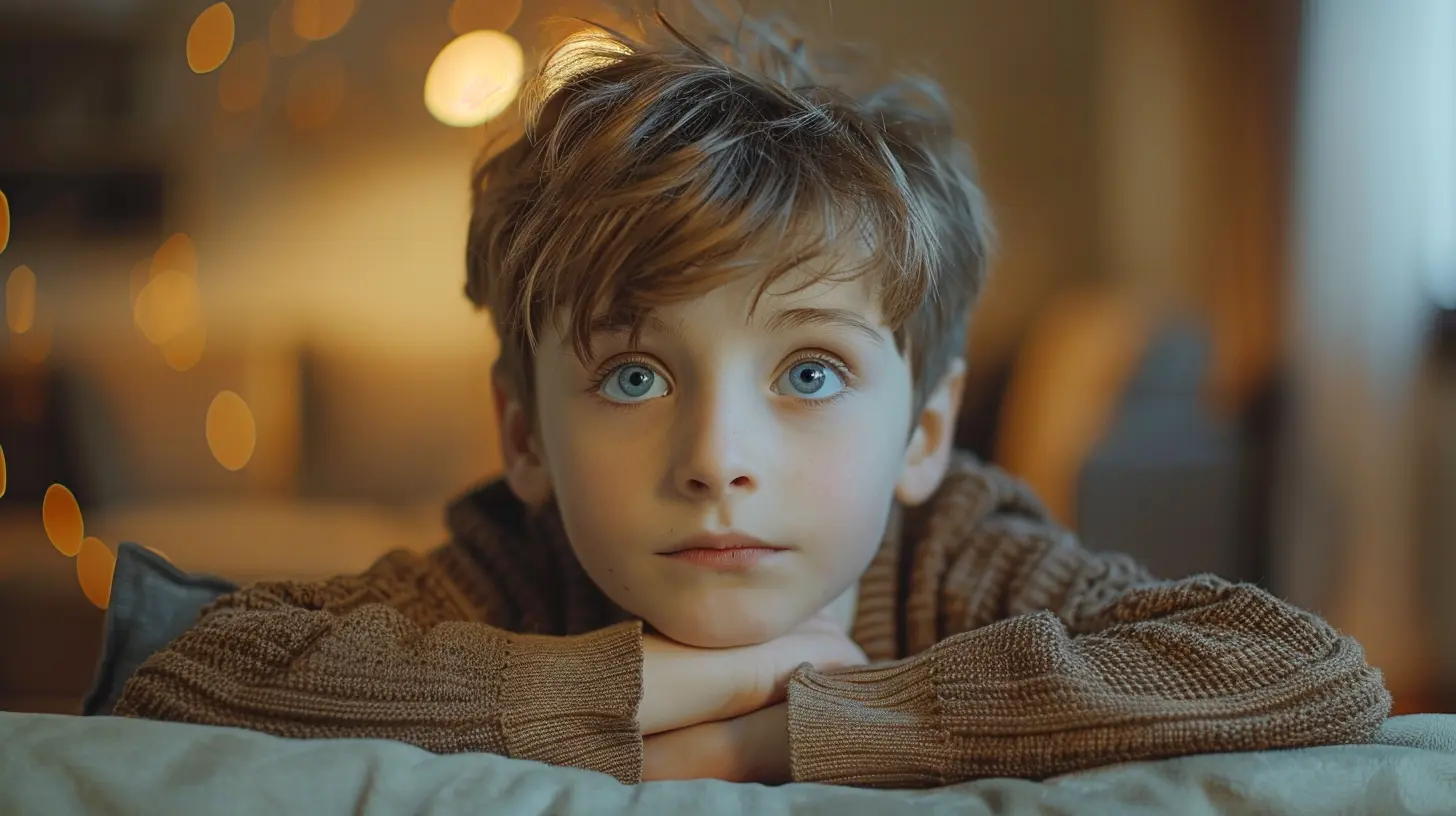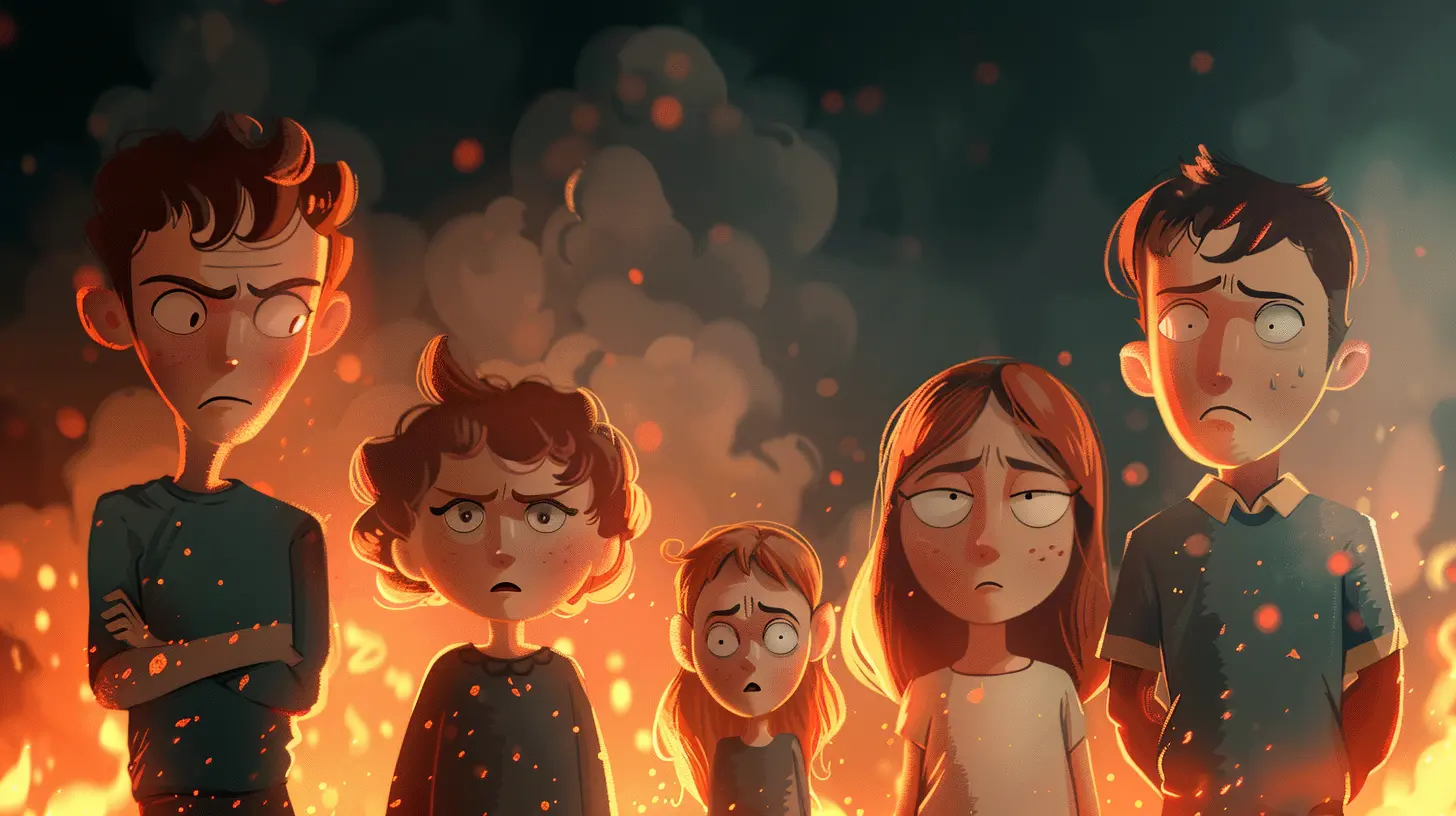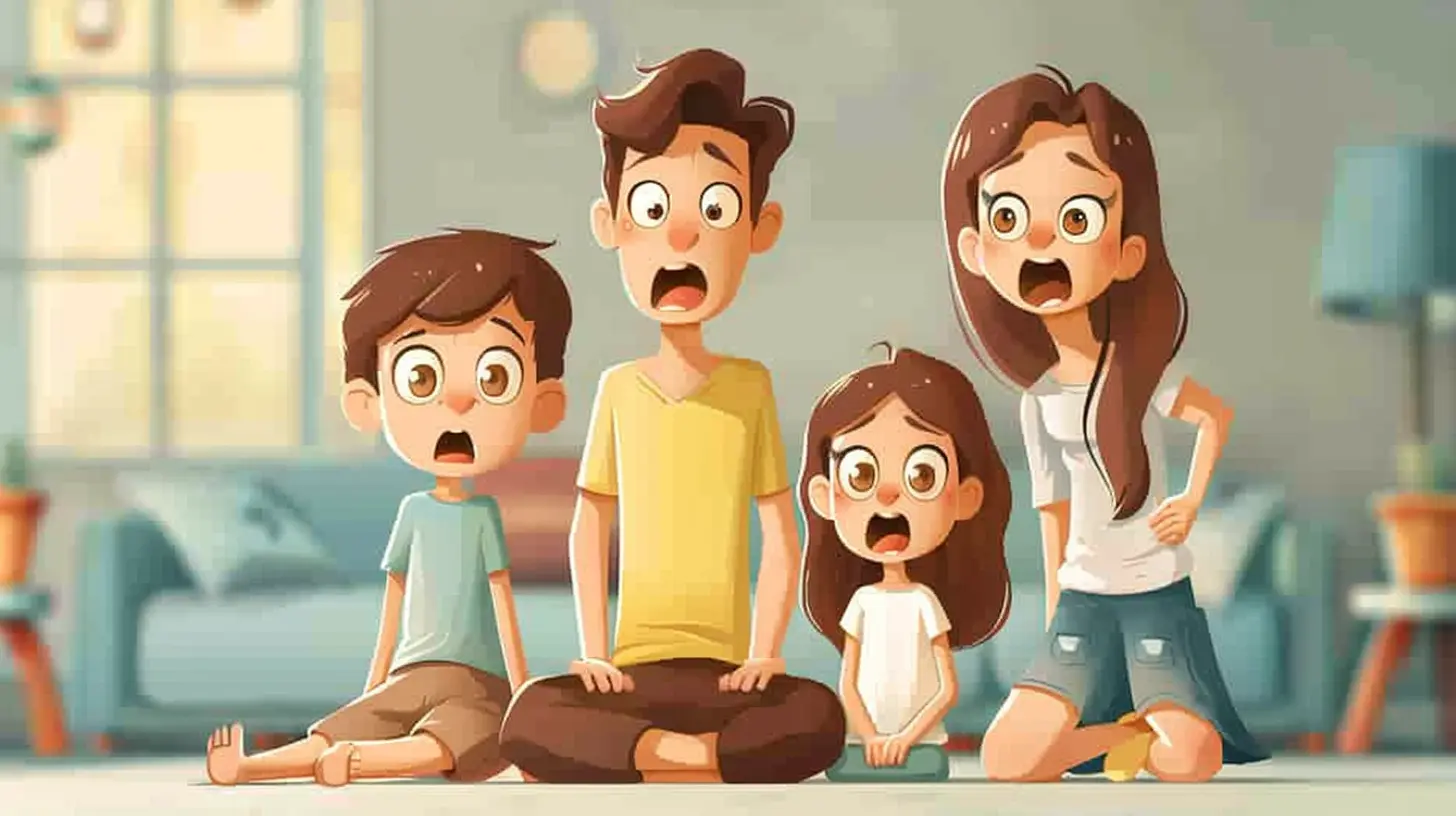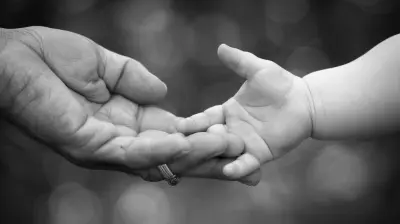11 March 2025
Do you ever notice how a certain word, situation, or even just a tone of voice can set your child off into a whirlwind of emotion? One second, they're fine, and the next, they're angry, sad, or shutting down completely. It’s puzzling, right? Well, my friend, you’ve just come face-to-face with emotional triggers.
Kids are like emotional sponges—they soak up everything around them. But sometimes, they also explode like little emotional volcanoes. Why does that happen? What triggers these big reactions? And, most importantly, what can we do about it? Let’s peel back the layers and dive into the mysterious world of emotional triggers in children.
What Are Emotional Triggers?
Before we go any further, let’s break down what an emotional trigger actually is. Think of an emotional trigger like a button. When that button gets pushed, BAM! A strong emotional reaction bursts out. Triggers can spark feelings like fear, frustration, shame, or even sadness. For kids, these reactions often seem to come out of nowhere. But trust me, there’s always a reason—they just don’t always know how to articulate it.In a nutshell, emotional triggers are situations or experiences that remind someone of a past event or feeling, often subconsciously. It’s almost like their brain is connecting dots without their permission. And for kids, their "dots" might not even make sense to us adults because their world operates so differently from ours.
Common Emotional Triggers for Kids
Let’s get into the nitty-gritty: What actually triggers kids emotionally? While every child is unique (like little snowflakes, right?), there are still some common triggers that tend to pop up across the board:1. Feeling Unheard or Ignored
Ever told your child “Not right now” when they’re trying to show you their latest crayon masterpiece? That seemingly small brush-off can hit them like a freight train. Kids crave attention and validation. When they feel ignored, it can make them feel unimportant, which is the perfect recipe for a meltdown.2. Overwhelm and Sensory Overload
Picture this: you’re at a family party. Loud music, people talking over each other, and your kid just spilled juice on their favorite shirt. While you might roll your eyes and move on, your child’s brain might be screaming, “Too much! Too much!” Kids are still learning how to process sensory input, and too much stimulation can send them into emotional overdrive.3. Transitions and Change
Kids thrive on predictability. It’s their safety net. So when something disrupts their routine—like moving houses, starting a new school, or even switching off a favorite cartoon mid-episode—it can trigger feelings of uncertainty or loss of control.4. Feeling Rejected or Left Out
Remember the sting of not getting picked for a team in school? Kids feel that too, but magnified! Whether it’s not being invited to a birthday party or sensing favoritism between siblings, rejection can cut deep for a little heart.5. Criticism or Comparison
“Oh, look how nicely your sister cleaned her room!” Sound familiar? Even subtle comparisons or criticisms can trigger shame or anger in kids. They may not tell you outright, but inside, they’re thinking, “Why am I not good enough?”
Why Emotional Triggers Hit Kids So Hard
Okay, so why do these seemingly small things set kids off so intensely? It comes down to their brains. Kids’ brains are still under construction—literally. Specifically, their prefrontal cortex (the part in charge of logic and self-control) isn’t fully developed yet. Meanwhile, the amygdala (their “emotional alarm system”) is working overtime!Imagine trying to drive a car with the gas pedal stuck while the brakes barely work. That’s how emotions feel for kids—fast, overwhelming, and out of control. They’re not being "dramatic" or "manipulative;" their brains are just wired differently right now.
How Do These Triggers Manifest?
One of the trickiest things about emotional triggers is that they don’t always look the way you’d expect. Loud tantrums? Sure, that’s an obvious one. But triggers can also show up in more subtle ways:- Withdrawal: Your child might retreat to their room or refuse to talk.
- Defiance: Acting out or saying “no” to everything can be a cover for deeper feelings of frustration or fear.
- Tears: Sometimes, they’ll cry for what seems like no reason at all.
- Hyperactivity: Can’t get them to sit still? It might be their way of coping with inner chaos.
Every child reacts differently, and understanding their personal "tell" is key.
How to Help Kids Navigate Emotional Triggers
Alright, now that we’ve unpacked what emotional triggers are and why they hit so hard, let’s talk solutions. How can you help your child navigate their emotional rollercoaster without derailing the whole day?1. Identify the Triggers
First things first—figure out what’s setting your child off. Watch for patterns. Are they melting down every morning when it’s time to leave for school? Do they seem extra sensitive after playdates? Keep a mental (or even written) log of recurring situations.2. Validate Their Feelings
Let’s be honest—it’s tempting to say, “Oh, stop crying. It’s not a big deal.” But hear me out: to them, it is a big deal. Instead, try saying, “I see you’re upset. It’s okay to feel that way.” Validation helps them feel understood, which can be incredibly calming.3. Teach Emotional Vocabulary
For kids, feelings can be as mysterious as algebra equations. They don’t always have the words to explain what’s happening inside. Help them build an emotional vocabulary. Teach them words like "frustrated," "nervous," or "disappointed" so they can better express themselves.4. Create a Safe Space
When emotions run high, kids need a calm and safe environment to process what they’re feeling. Think of it as their emotional “cool-down” zone—a place where they can decompress without judgment.5. Set Predictable Routines
Remember how we said kids love stability? Routines can be a lifesaver. When they know what to expect, it reduces anxiety and, in turn, emotional trigger points.6. Practice Self-Regulation Skills Together
Deep breaths, counting to ten, squeezing a stress ball—these might sound simple to us but can be life-changing tools for kids. Practice these techniques together so they feel equipped to handle their emotions when triggers strike.7. Seek Professional Help If Needed
Sometimes, triggers and emotional outbursts go beyond what you can manage at home, and that’s okay. Therapists or counselors can help dig deeper into what's causing the triggers and give you both tools to work through them.Why Understanding Triggers Matters
As parents, it’s easy to get caught up in trying to stop the meltdown or avoid the trigger entirely. But understanding why your child reacts the way they do is a game changer. It shifts the focus from “How do I fix this?” to “How can I support them?”Imagine if someone truly understood your fears and frustrations as a child. How would that have shaped you? By taking the time to understand your child’s emotional triggers, you’re not just helping them survive the moment—you’re giving them tools for a lifetime.
Final Thoughts
Emotional triggers can feel like a mystery box—what’s going to set off your child today? But the more you understand what’s hiding behind the outburst, the better equipped you’ll be to handle it with empathy and patience. Remember, your child’s emotions aren’t the enemy. They’re simply communication in disguise.So, the next time your child has a meltdown over something that seems trivial to you, take a deep breath. Look beyond the surface. What’s the trigger? Because underneath that big reaction is a little person who just wants to feel safe, seen, and loved.







Gunner McGillivray
Ah, yes! Because nothing says "fun family bonding" like unraveling emotional triggers at the dinner table. Can't wait to watch my toddler's meltdown turn into a heartfelt therapy session over mashed potatoes!
April 1, 2025 at 3:16 PM